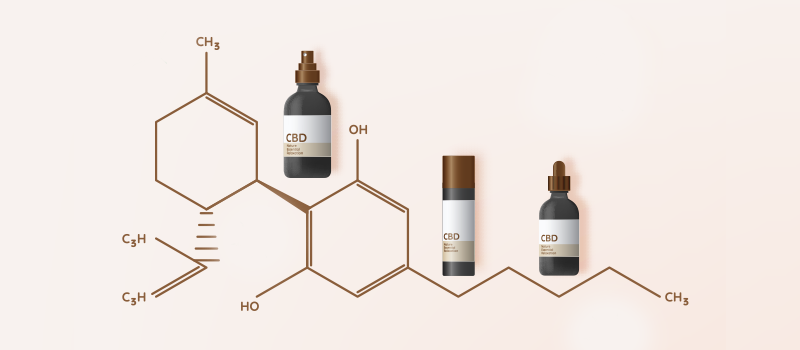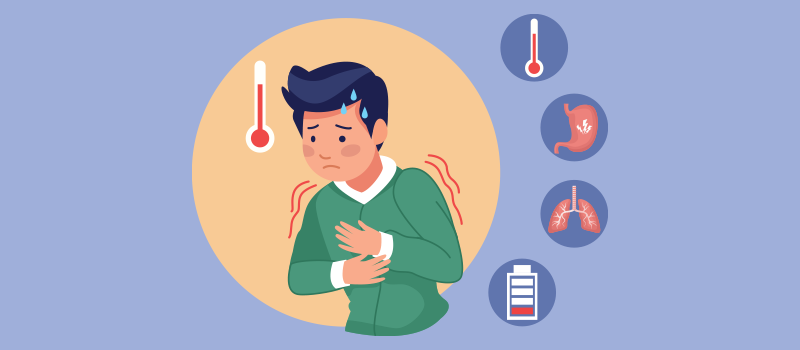What’s the Buzz
The Bee Healthy Blog
Hand Sanitizer

Gyms, schools, restaurants, gas stations, offices, and other public places usually have at least one thing in common: hand sanitizer. Available in many brands, scents, moisturizers, and sizes, hand sanitizers are a consumer favorite. According to a recent FDA News Release, hand sanitizer ingredients are under scrutiny and the FDA is issuing a final rule to help insure these products are both safe and effective. In making this final rule, the FDA has determined that 28 active ingredients are now ineligible for use in consumer antiseptic rubs (hand sanitizers).
How the Ruling Affects You
If you depend on hand sanitizers, you should use a product that has at least 60 percent alcohol when unable to use soap and water. The three main ingredients of hand sanitizers are not yet under rule but may be following further analysis by manufacturers. For now, your hand sanitizers will go on to be manufactured using the three active ingredients: benzalkonium chloride, ethyl alcohol, and isopropyl alcohol. The FDA recommends handwashing with soap and water to best fight germs and only depend on hand sanitizers when there is no access to soap and water. At this time, less than 3 percent of consumers will be affected by this new FDA ruling. You will likely continue finding your favorite products at the grocery store or drug store, and they will go on to work safely and effectively.
Proper Hand-Washing Procedure
It’s important to keep your hands clean year-round, but especially when viruses are more prevalent. If you work in a field where you prepare food, regularly touch people, surfaces, or objects, or consistently touch your own face, it’s important to wash your hands regularly. Hands should be washed before preparing food or eating, treating wounds, caring for the sick, and inserting contact lenses, as well as after preparing food, using the restroom, touching animals, blowing your nose, treating wounds, and handling garbage.
DO:
- Wet hands before adding soap.
- Use liquid, bar, or powder soap.
- Lather soap, rubbing and scrubbing all surfaces for at least 20 seconds.
- Rise with water, warm or cold.
- Dry hands with a clean towel or paper towel product.
- Use the towel to turn off the faucet and open the bathroom door to exit.
DON’T:
- Reuse the same towel.
- Use antibacterial soap.
- Open the door with clean hands.
Teaching communities, parents, and children to properly wash hands leads to fewer communicable diseases, contaminated foods, and more. In fact, when properly educated on hand-washing techniques, the percentage of people who get sick with diarrhea is reduced by 23 to 40 percent, and for people with compromised immune systems by 58 percent. Respiratory illnesses are reduced by 16 to 21 percent, and school absences are reduced by 29 to 57 percent (CDC).
Avoid illness, absence from work or school, and antibiotic resistance by practicing proper hand-washing and the correct use of hand sanitizer products.











SOCIAL